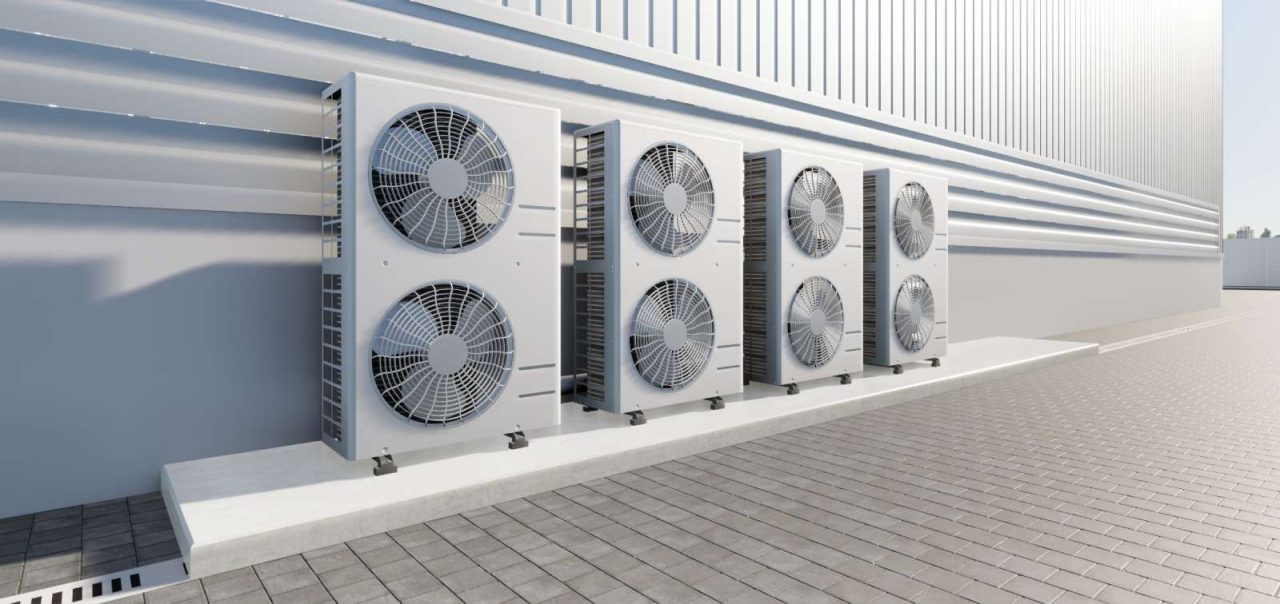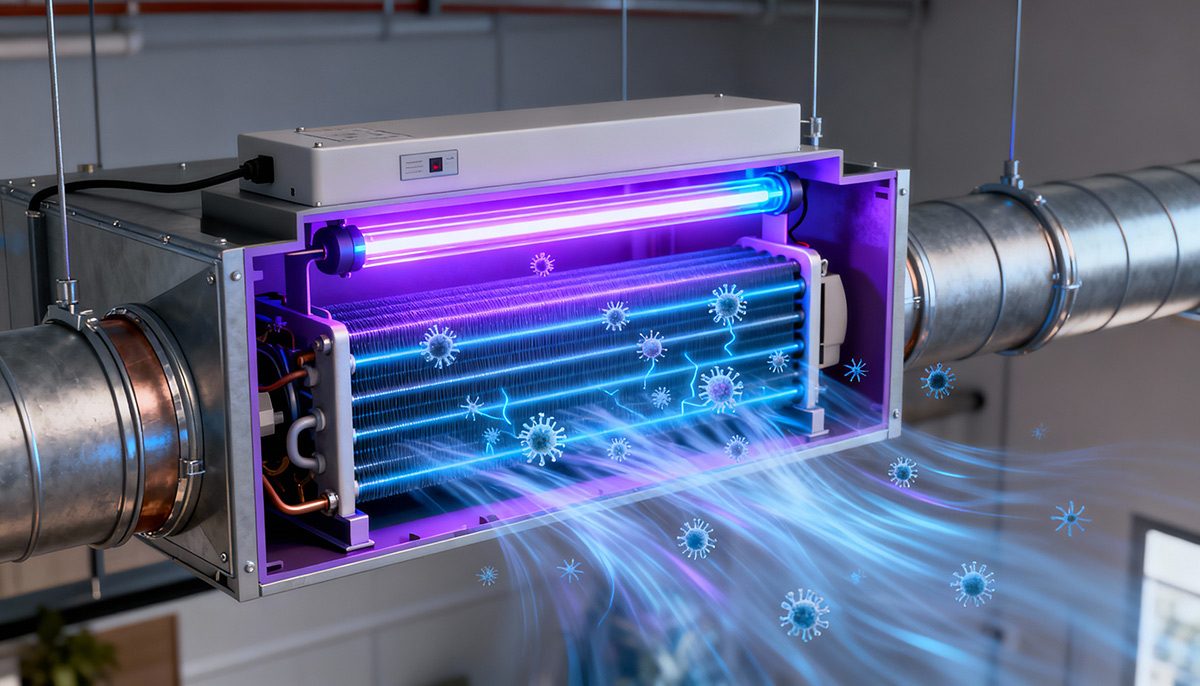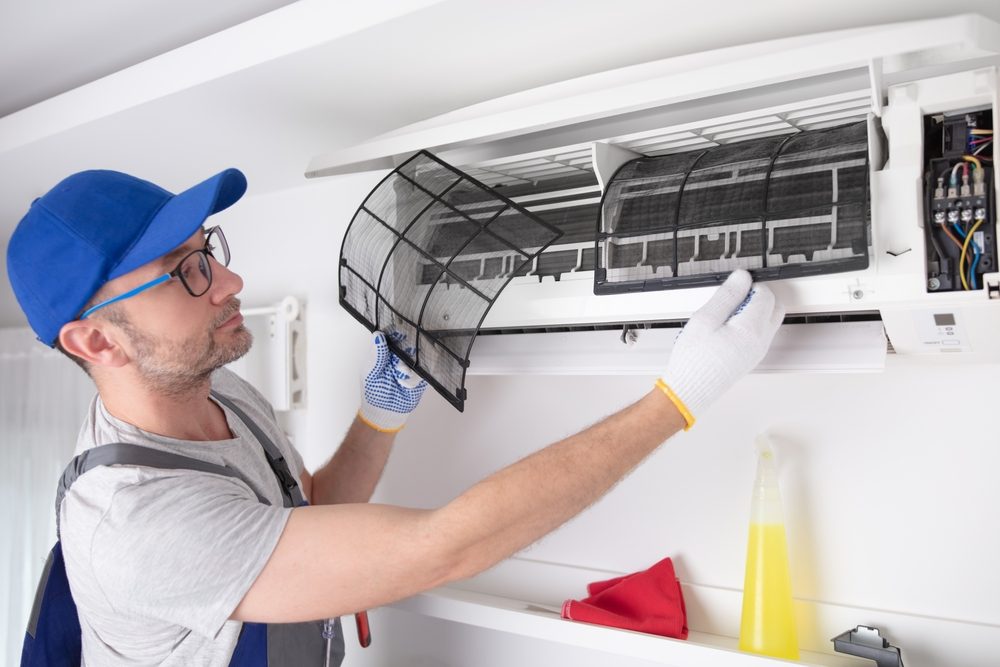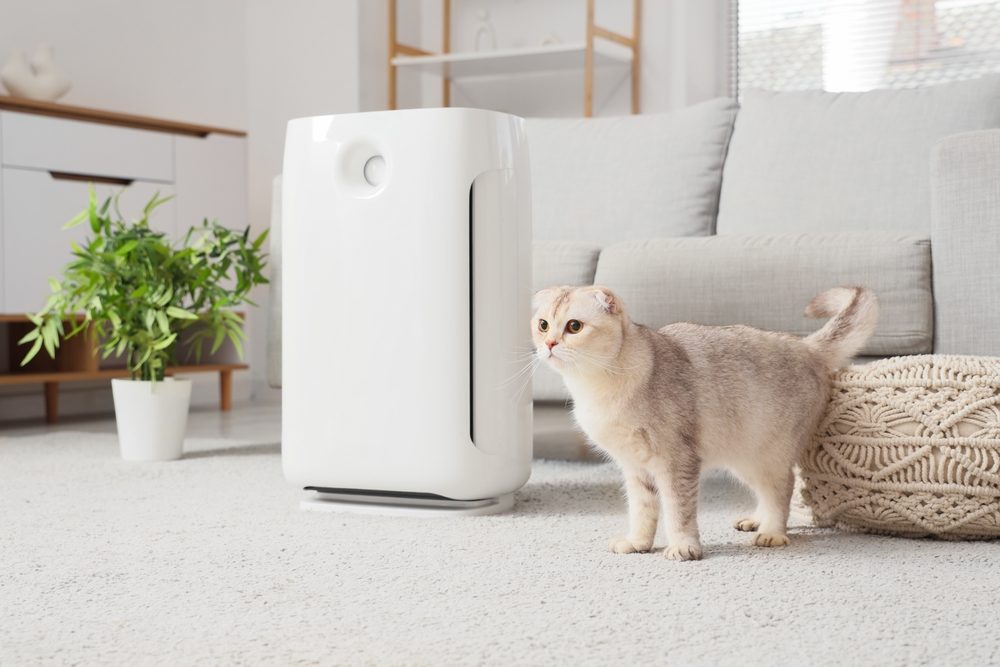
Air conditioner coils are an integral part of any cooling system, playing a vital role in heat exchange – the process that allows your air conditioner to cool the air efficiently. Whether you're using a central air conditioning system, a split unit, or a window air conditioner, the coils ensure that heat is absorbed and released properly, maintaining a comfortable indoor climate.
Understanding the types of air conditioner coils and their functions can help you troubleshoot potential issues and keep your system running smoothly. In this article, we’ll explore the different types of air conditioner coils, take a step-by-step look at how they operate, highlight common issues that can impact their performance, and offer practical tips for maintaining them.
Types of air conditioner coils
Your central air conditioner relies on two types of coils working in tandem to maintain a comfortable indoor temperature. The two key coils are the evaporator coil and the condenser coil, both of which circulate refrigerant between the indoor and outdoor components of the air conditioning system.
Evaporator coil: Located in the indoor air handler, the evaporator coil extracts heat from the indoor air. As refrigerant flows through the coil, warm air from your home is drawn over it. The refrigerant absorbs the heat, cooling the air before circulating it back inside. The refrigerant then moves to the outdoor unit.
Condenser coil: After being compressed, the refrigerant flows into the outdoor condenser coil. As its pressure drops, the refrigerant releases the absorbed heat. A fan blows across the condenser coil, expelling the heat into the outdoor air. The refrigerant returns to the evaporator coil to repeat the process of absorbing indoor heat.
How air conditioner coils work – Step-by-step
Here’s a step-by-step breakdown of how an AC evaporator coil works:
- Heat extraction: The air conditioner circulates refrigerant through the system. This refrigerant absorbs heat from the air inside your home.
- Refrigerant movement: The refrigerant, now carrying the heat, flows through the system, ultimately leading to the evaporator coil.
- Heat absorption by the evaporator coil: The evaporator coil absorbs the heat from the refrigerant, preparing it for the next stage.
- Heat release: The heat absorbed by the coil is then passed along to the rest of the air conditioning system, eventually reaching the condenser coil, where it is expelled outside.
- Continuous cycle: This cycle of heat absorption and release repeats until enough heat is removed to bring the indoor temperature to the desired level set on your thermostat.
- Cool air distribution: As heat is extracted and released outside, cool air is dispersed throughout your home, maintaining a comfortable environment.
Now let’s look at how a condenser coil works:
- Refrigerant compression: After absorbing heat from your home's air via the evaporator coil, the refrigerant flows to the outdoor unit. At this stage, the system's compressor pressurises the refrigerant, increasing its temperature.
- Refrigerant enters the condenser coil: The hot, pressurised refrigerant enters the condenser coil.
- Heat release: As the refrigerant flows through the condenser coil, its pressure drops, causing it to release the absorbed heat.
- Fan disperses heat: A fan in the outdoor unit blows air across the condenser coil, expelling the heat from the refrigerant into the surrounding outdoor air.
- Refrigerant cools down: As the refrigerant releases heat, it cools down and converts back to a liquid form, ready to re-enter the indoor evaporator coil.
- Cycle repeats: This heat exchange process continues in a cycle, with the refrigerant continuously absorbing indoor heat and releasing it outdoors.
- Cool air indoors: With heat being removed from the refrigerant, the air conditioning system can cool the air indoors effectivelhem.
Common issues with air conditioner coils
Here are common evaporator coil issues and how to address them:
Cracking, freezing, and dirt buildup: Regular maintenance, including professional tune-ups, can prevent these issues. Homeowners should replace air filters, but professionals should handle more serious problems like frozen or leaky coils.
Dirty coils: Dust and dirt force the AC to work harder, leading to frozen coils. Have them cleaned periodically by a professional.
Airflow issues: Blocked vents, faulty filters, or defective ductwork can cause airflow problems, freezing the coils. Clean the unit, replace filters, and ensure all vents are open.
Refrigerant leaks: Leaks reduce refrigerant, leading to ice on the coils. Call a technician to inspect and fix the issue.
Clogged drain: A blocked drainage line can cause water to freeze on the coils. Clear the drain yourself or hire a professional to unclog it.
Here are common condenser coil issues and how to address them:
Dirt and debris buildup: Condenser coils located outside can easily get clogged with dirt, leaves, and debris, reducing efficiency. Clean the coils regularly or schedule a professional cleaning.
Refrigerant leaks: Leaking refrigerant can cause poor cooling and higher energy consumption.
Coil corrosion: Over time, exposure to the elements can cause the coils to corrode, reducing performance. Applying anti-corrosion treatments or replacing the coils may be necessary.
Damaged fins: The delicate fins around the condenser coil can bend, restricting airflow. You can gently straighten bent fins using a fin comb or have a technician handle it.
Overheating: Poor ventilation, blocked airflow, or fan issues can cause the condenser coil to overheat, resulting in inefficiency. Ensure the area around the outdoor unit is clear of obstructions, and have the fan motor checked if necessary.
Electrical issues: Faulty wiring or electrical problems can impact the condenser’s performance. An HVAC professional should address electrical malfunctions to prevent damage.
How to maintain and extend the life of air conditioner coils
Air conditioner coils are essential for efficient heat transfer, but due to their tight spacing and exposure to airflow, they quickly accumulate dirt, dust, and debris. Over time, this buildup reduces the system's ability to cool your home and forces it to work harder, which can increase energy bills, reduce comfort, and even lead to costly repairs or a shortened system lifespan.
Regular cleaning of AC coils ensures optimal performance, energy efficiency, and system longevity. Given the delicate nature of coil fins, it's best to leave this task to professionals who know how to clean them safely without causing damage. Here’s an overview of the common cleaning methods:
Compressed air method: Used mainly for outdoor condenser coils. Compressed air is blown through the coils in the reverse direction of normal airflow. A shop-vac can then remove loose dirt and debris.
Household detergent method: A mild detergent and water mix is applied using a low-pressure sprayer. Coils are rinsed or allowed to drain naturally.
- Commercial coil cleaners: Coils are cleared of debris by hand or with a brush before applying the cleaner. Cleaners are rinsed with water per manufacturer guidelines.
About Daikin
For nearly a century, Daikin has perfected the art of conditioning air. While crafting indoor air is rooted in science, the ability to refine, purify, and create a comfortable environment is truly an art. Daikin’s approach focuses on higher energy efficiency, conserving resources and reducing emissions, while its long-lasting systems promote sustainability by minimising waste.
Daikin is the global pioneer and leader in the HVAC and refrigeration industry, driving innovation and sustainability across our extensive product range, including chillers, splits, VRV systems, air handling units (AHUs), fan coil units (FCUs), controls, refrigeration solutions, and comprehensive service and parts support. Through this, we meet and exceed the needs of residential, commercial and industrial applications.
At the core of our philosophy is the belief in the infinite potential of people, and we are constantly working towards a future where comfort and environmental responsibility coexist harmoniously. We are proud to employ over 98,000 people, and operate in over 170 countries with a worldwide network of 115 factories. In FY23, Daikin generated net sales of USD 30bn.
Daikin’s emphasis on pioneering solutions reflects our understanding of air quality's crucial role in our lives. By safeguarding the future of our planet’s air, we are committed to enhancing the environment for future generations.
Contact Daikin today for more details of our products and services.



